Helen Pope, newly-appointed chair speaks to StrategicRISK about breaking the glass ceiling for women in risk and insurance
As the new Airmic chair, what are your aims and objectives?
Airmic has a strategic plan that was put in place in 2011-12 and each chair will work with that to progress throughout the year. This year in particular the Airmic Academy has developed and also this year fastTrack has enhanced that offering.
We noticed that Airmic is hosting a women’s networking lunch – why does the association feel the need to create a networking workshop targeted at women?
Our research found that 40% of Airmic members are women, but a typical event would have only about 10% to 15% female attendance. The difficulty is identifying why this is. We hope that by providing a forum, women risk managers can talk openly about challenges and barriers.
What about women in leadership roles?
Although there seems to be a fair proportion of women in risk and insurance, few are in top-level positions. Historically, the pipeline of candidates for senior positions has been predominantly male, but that is changing. The industry has a number of successful female role models, for example, Inga Beale, Lloyd’s first woman chief executive, and Rachel Kyte, World Bank Group’s vice-president. However, despite this improvement, there is still some way to go and more women should reach top-level positions.
As Airmic’s new chair, how will you support women to break that glass ceiling?
A shift is taking place these days in the leadership skills that companies require. There’s a lot more emphasis on collaboration and empathy and these types of skills play far more into women’s natural skill sets. The other point is that women should want to reach the top. It’s easy to say there’s a glass ceiling and women cannot make it; they can if they want to.
Looking 10 years ahead, will we see women in these top-level positions?
It’s different now compared to, say, 50 years ago and that trend will continue into the next decade, especially as more organisations and charities proactively support women to get to the top. The charity I support, for example, Girlguiding UK, aims to do that. It’s a single-sex, female organisation and it works with young girls from the age of five to 26 to build their confidence and raise their aspirations, supporting them to discover their full potential. This is what is happening in the charity space and, with cultural behaviours in the work place changing and women aspiring to reach these top positions, I am hopeful that things will change –they are starting to already.
What are you looking forward to most at the conference?
It has to be the launch of the global compliance database. I’ve been involved with this campaign from the start, when I found it incredibly frustrating to place global insurance programmes. A guide wasn’t available on how to do it. If you asked one insurance company, you’d get one set of information and another set from a different company. The database will provide a user-friendly and objective system to find the information insurance buyers need – and to finally see it launch is incredibly rewarding.






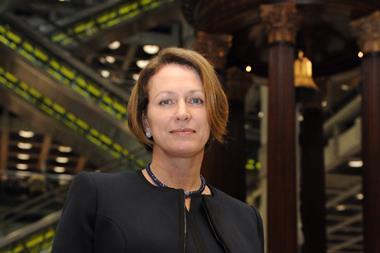
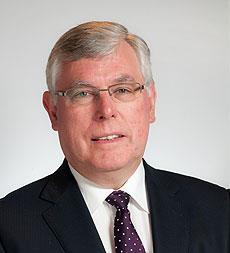
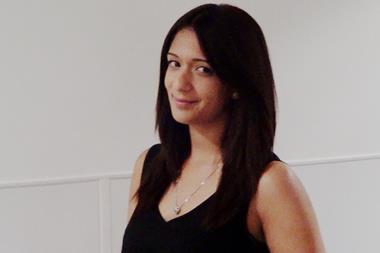
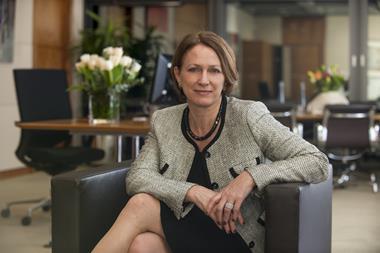
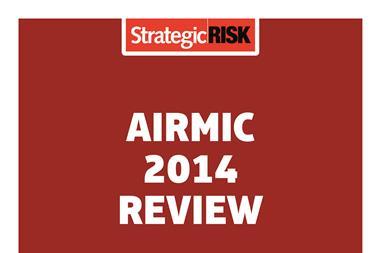


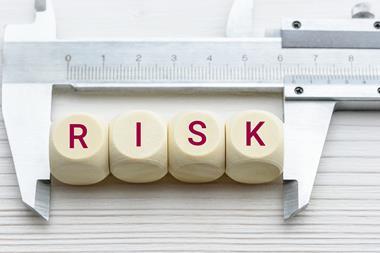
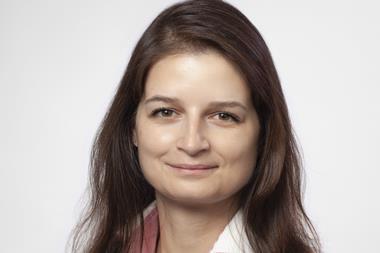





No comments yet